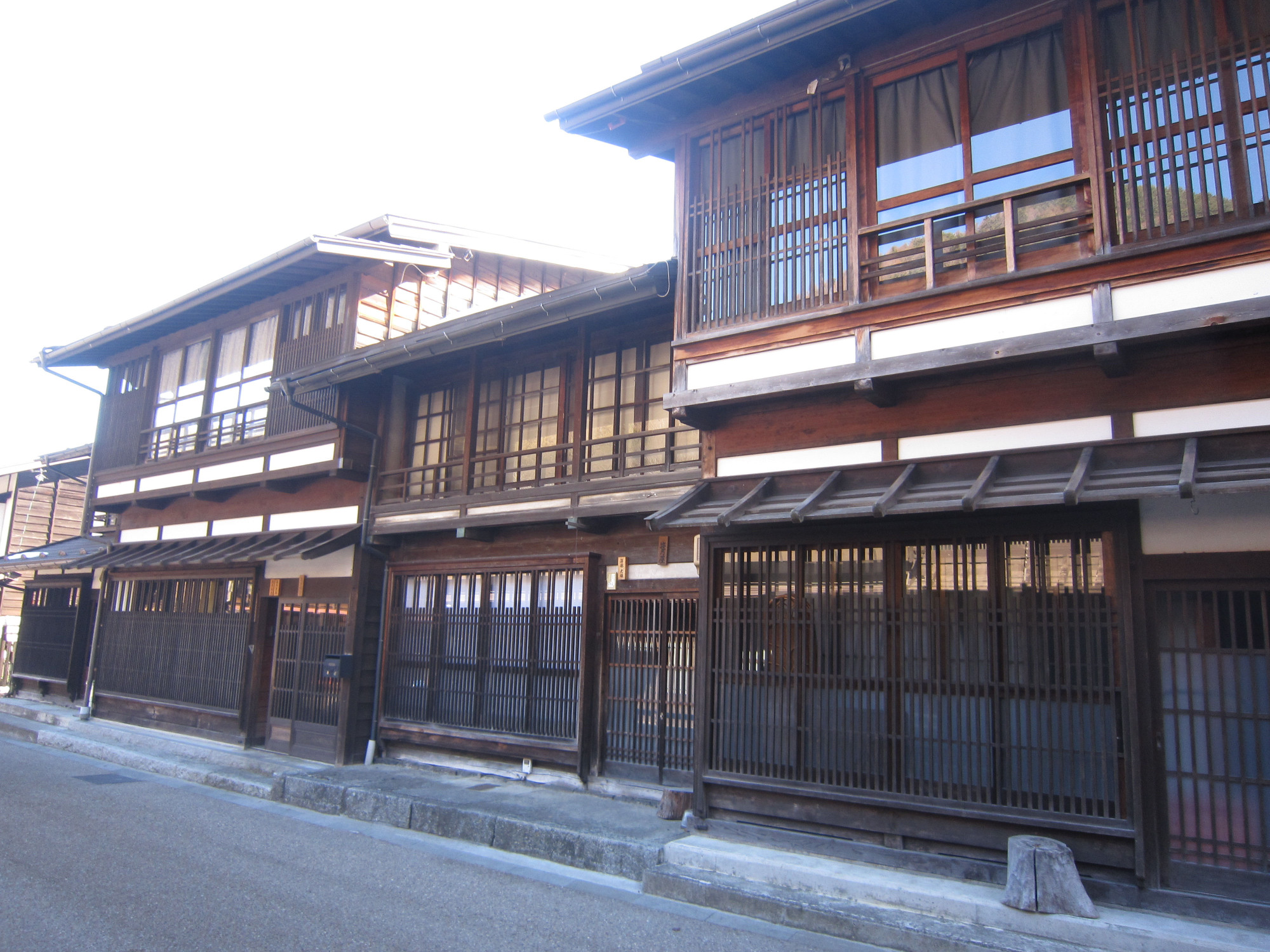Peeping through the wooden slats, I start to realize that the inhabitants of the home I'm in prioritized safety and practicality over comfort.
The woodwork is angled at 90 degrees to maximize light in and views out while protecting the occupants' privacy, and it is the only partition against the elements on the second floor of the Nakamura residence. Though refreshing on a summer's day, the breeze that hits my face and rushes into the tatami-mat room would not be so kind during the snowy winter in this rural part of Nagano Prefecture. I soon understand the need for the small irori (sunken hearth) and the trap door our host reveals, which can be pulled over the staircase to keep in the heat.
These details are only some of the rare architectural features of this early 19th-century house. As in other buildings in Narai-juku (the suffix "juku" indicates a post station or post town), the first floor is sheltered by a protruding roof designed to collapse under the weight of would-be burglars. Also characteristic are the sarugarashi, the raised wooden supports that hold down the roof and resemble monkey's heads stacked on top of one another.


















With your current subscription plan you can comment on stories. However, before writing your first comment, please create a display name in the Profile section of your subscriber account page.